The rise of Neoclassicism
pre-class prep: read Chu pp. 42-71 and 104-109 (PDF)
discussion questions: Those named for the questions below should come prepared to present a short (3-5 minute) response to that question.
1. (Megan M.) How is Neoclassicism different from the Rococo in subject-matter, style, and overall intent or purpose? Using Fragonard's Swing and Boucher's Shepherd's Presents as examples of the Rococo, and Kaufmann's Cornelia and Mengs' Parnassus as examples of Classicism, come up with four or five general differences.
2. (Emily G) How is Neoclassicism similar to 'modern moral subjects' in overall intent or social purpose? How are the two different in subject matter and style? Use Greuze's Village Betrothal and David's Oath of the Horatii as specific examples, but think broadly about all of the works on this page and the modern moral subjects page.
people, terms, and concepts: idealization (versus realism), the Platonic Idea, the Grand Tour, antiquarianism, Pompeii, the Elgin Marbles
key points:
• What are the characteristics of Neoclassicism in terms of subject matter, form/style, and overall intent?
• What is 'idealization' in art? How is it related to the Ancient Greek concept of the Platonic Idea?
• How is the Neoclassical style seen in late-eighteenth century architecture, interior design, and fashion, in addition to painting and sculpture?
• How did the education system (for 'gentlemen'), the Grand Tour, Antiquarianism, the discovery of Pompeii and Herculaneum, and the rise of museums both reflect and encourage a taste for Neoclassicism?
• What did the Neoclassical style signify? That is, what moral, intellectual, social, and political values did 18th- and 19th-century people value in Ancient Greece and Rome, and wish to emulate by borrowing the style of those cultures? How are these values similar to those of the Enlightenment?
The Apollo Belvedere (Roman copy of a Greek original of c. 330-320 BCE)
Mengs, Parnassus, 1761
J-L David, Madame Recamier, 1800
Canova, Perseus with Medusa's Head, 1804
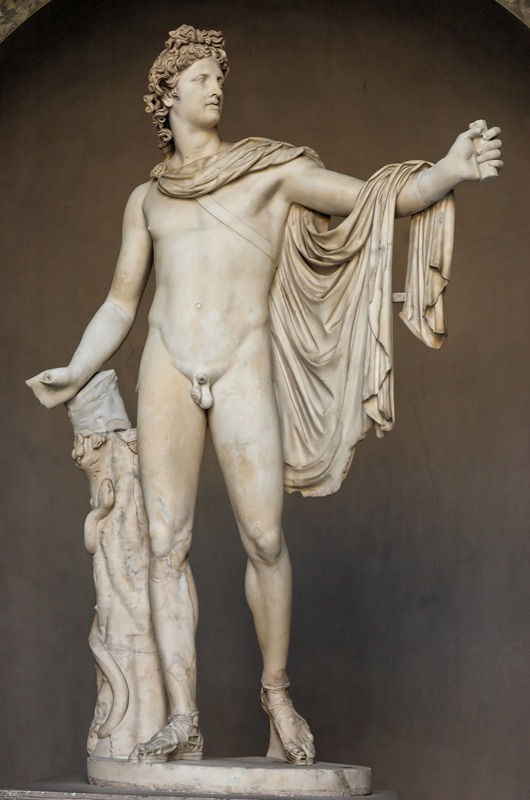
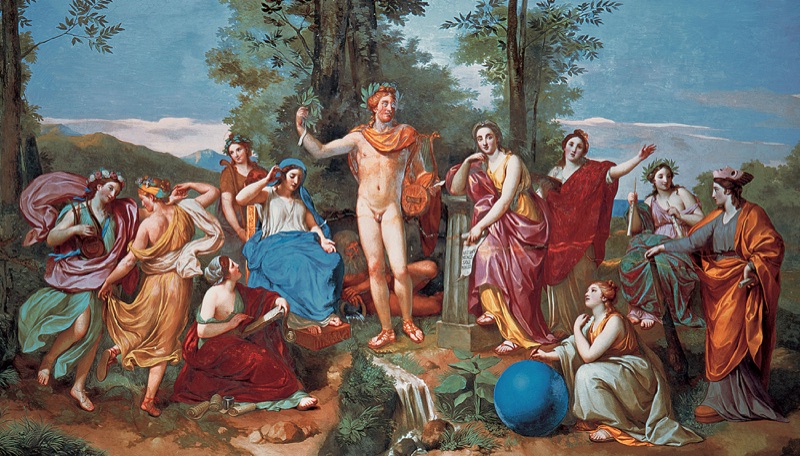
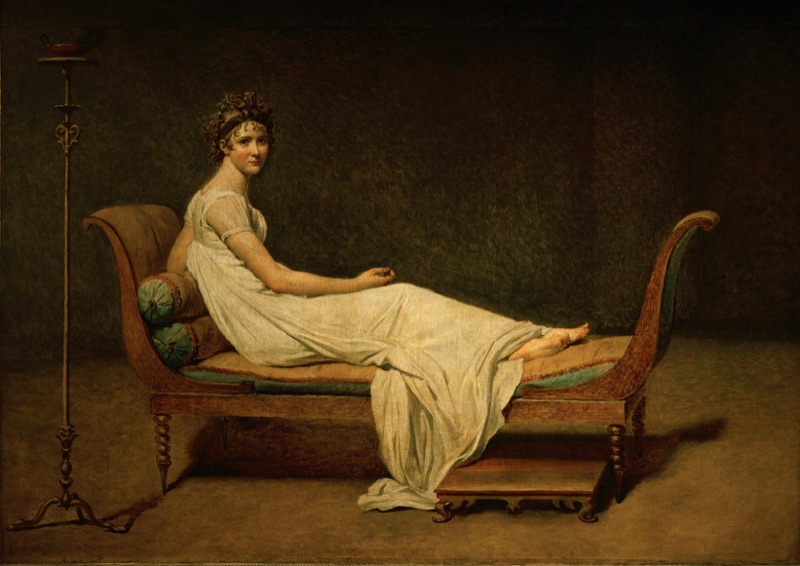
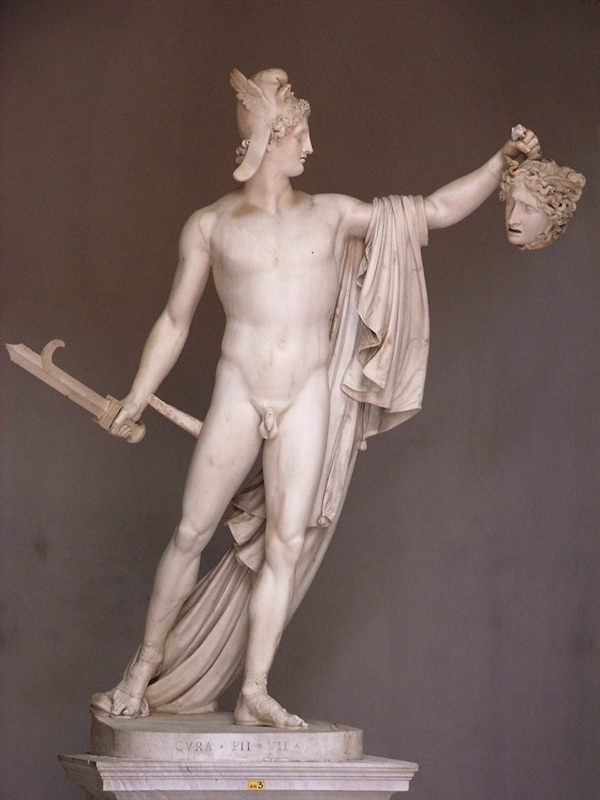
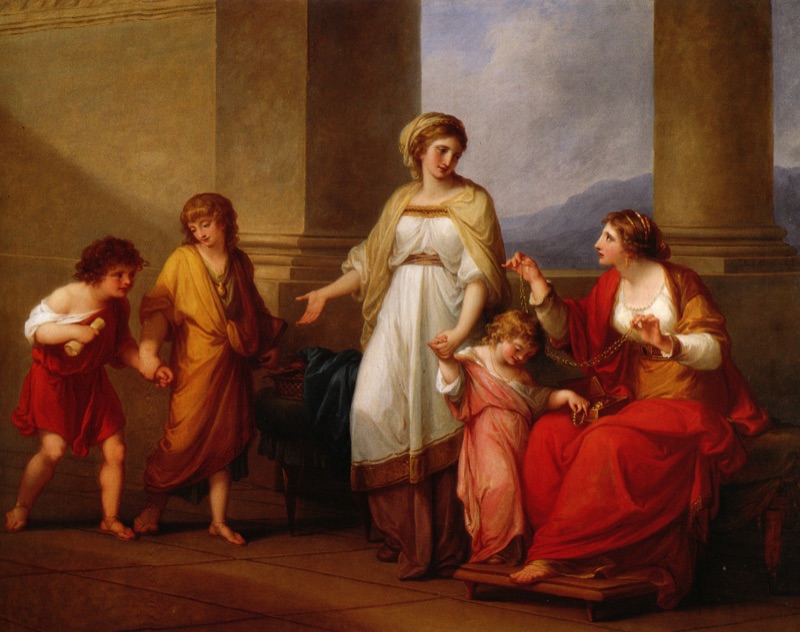
Angelica Kauffmann, Cornelia and her children, 1785

Prud'hon, The French Constitution, 1791 (engraved by J-L Coppia)
